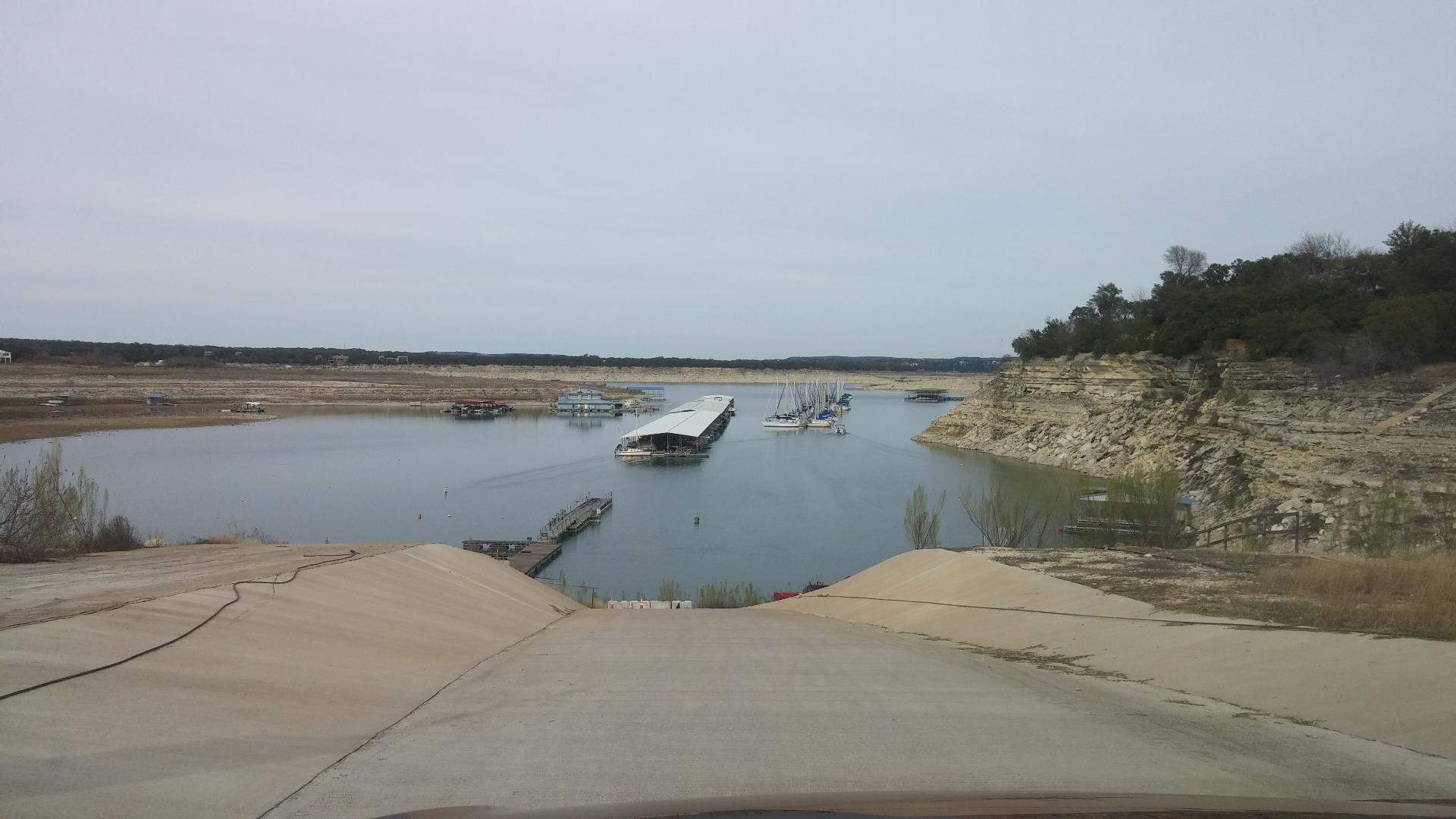Lake Travis lake levels are a critical topic for residents, visitors, and stakeholders in the Texas Hill Country. This reservoir, part of the Highland Lakes chain, plays a pivotal role in water supply, recreation, and flood control. Understanding its fluctuating levels is essential for planning and safety.
Lake Travis is more than just a beautiful body of water. It serves as a vital resource for millions of people in Central Texas, providing drinking water, irrigation, and hydroelectric power. However, its water levels are influenced by various factors, including rainfall, drought, and human activities, making it a dynamic and sometimes unpredictable system.
This article aims to provide a thorough understanding of Lake Travis lake levels, their significance, and how they are managed. Whether you're a local resident, a curious traveler, or someone interested in water resource management, this guide will equip you with the knowledge you need to stay informed.
Read also:Drew Pritchard Divorce A Comprehensive Insight Into The Life Of A Television Star
Table of Contents
- Introduction to Lake Travis
- Understanding Lake Levels
- Factors Affecting Lake Travis Lake Levels
- Monitoring Lake Travis Water Levels
- Historical Data and Trends
- Environmental Impact of Fluctuating Levels
- Recreation and Lake Levels
- Flood Control and Water Management
- Future Outlook and Challenges
- Conclusion and Call to Action
Introduction to Lake Travis
Lake Travis is a reservoir created by the construction of Mansfield Dam on the Colorado River in Travis County, Texas. It stretches approximately 65 miles and is a central feature of the Highland Lakes system. The lake is not only a scenic destination but also a critical water source for the region.
Lake Travis lake levels are closely monitored because they directly impact the quality of life for residents and the viability of industries dependent on the lake. The lake's primary purpose is flood control, but it also supports recreation, agriculture, and wildlife habitats.
Geography and Importance
Located just north of Austin, Lake Travis spans across several counties and provides a unique ecological and economic environment. Its fluctuating water levels are a reflection of the natural and human-induced changes in the region.
Understanding Lake Travis Lake Levels
Lake levels refer to the elevation of water in the reservoir, measured in feet above mean sea level. For Lake Travis, the ideal or "normal" level is around 681 feet, but it often varies due to seasonal and climatic factors.
Key Metrics and Measurements
- Full Pool: 681 feet
- Drought Level: Below 640 feet
- Flood Level: Above 715 feet
These levels help stakeholders understand the current state of the lake and plan accordingly. For instance, low levels may indicate a drought, while high levels could signal potential flooding.
Factors Affecting Lake Travis Lake Levels
Several factors contribute to the fluctuation of Lake Travis lake levels. Understanding these factors is crucial for predicting and managing water resources effectively.
Read also:Understanding The Height Of Paul Mccartney A Comprehensive Analysis
Rainfall and Drought
Rainfall is the primary determinant of lake levels. Periods of drought can significantly lower water levels, while heavy rainfall can cause rapid increases. The region's semi-arid climate makes it prone to both extremes.
Human Activities
Water usage for agriculture, industry, and domestic purposes also impacts lake levels. Conservation efforts and efficient water management practices are essential to maintaining sustainable levels.
Monitoring Lake Travis Water Levels
Authorities use advanced technology and data analytics to monitor Lake Travis lake levels in real-time. This information is crucial for decision-making and public safety.
Tools and Resources
- USGS Gauges
- LCD (Lower Colorado River Authority) Data
- Satellite Imagery
These tools provide accurate and up-to-date information about the lake's condition, helping stakeholders respond quickly to changes.
Historical Data and Trends
Examining historical data offers insights into the patterns and trends of Lake Travis lake levels. For instance, the lake experienced record-low levels during the 2011 drought but recovered in subsequent years due to increased rainfall.
Significant Events
Notable events, such as the 2015 floods and the 2018 drought, highlight the lake's vulnerability to extreme weather conditions. Studying these events helps improve predictive models and management strategies.
Environmental Impact of Fluctuating Levels
Fluctuating Lake Travis lake levels have significant environmental implications. They affect aquatic life, soil conditions, and vegetation in the surrounding areas.
Conservation Efforts
Efforts to preserve the lake's ecosystem include habitat restoration, pollution control, and public education. These initiatives aim to mitigate the negative impacts of water level changes on the environment.
Recreation and Lake Levels
Lake Travis is a popular destination for boating, fishing, and swimming. However, Lake Travis lake levels can influence recreational activities. Low water levels may limit access to certain areas, while high levels can pose safety risks.
Tips for Visitors
- Check current water levels before planning a visit.
- Be aware of potential hazards during extreme conditions.
- Practice responsible boating and water safety.
Flood Control and Water Management
One of the primary functions of Lake Travis is flood control. The reservoir acts as a buffer during heavy rainfall, reducing the risk of downstream flooding. Effective water management is essential to balancing this function with other uses.
Strategies for Management
Authorities employ various strategies, such as controlled releases and reservoir management plans, to optimize water usage while minimizing flood risks. Public cooperation and awareness are key to the success of these efforts.
Future Outlook and Challenges
The future of Lake Travis lake levels depends on several factors, including climate change, population growth, and technological advancements. Addressing these challenges requires collaborative efforts and innovative solutions.
Potential Solutions
- Investing in water conservation technologies.
- Enhancing public awareness and education.
- Developing sustainable water management policies.
By taking proactive steps, stakeholders can ensure the long-term health and viability of Lake Travis.
Conclusion and Call to Action
In conclusion, Lake Travis lake levels are a critical component of the region's water resources and ecological balance. Understanding and managing these levels require a combination of scientific knowledge, community involvement, and responsible stewardship.
We encourage readers to stay informed about Lake Travis and its importance. Share this article with others who may be interested, and consider participating in local conservation efforts. Together, we can help preserve this vital resource for future generations.



